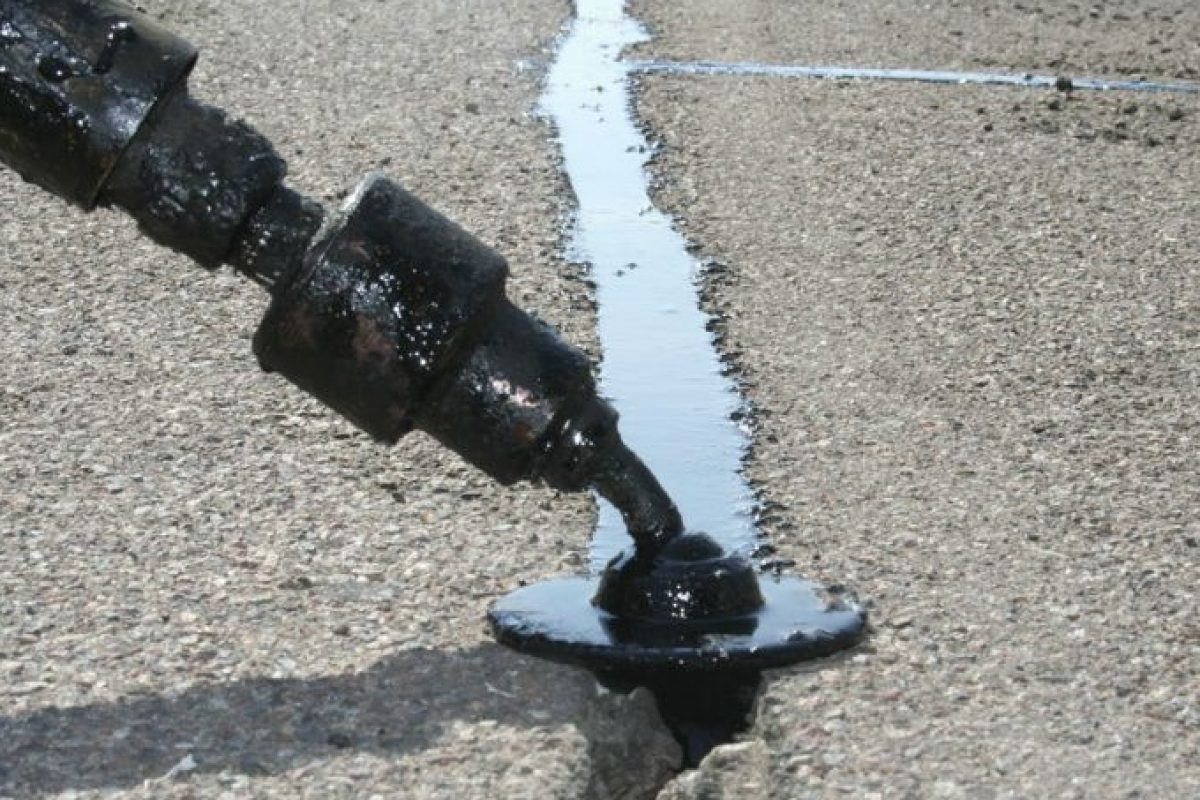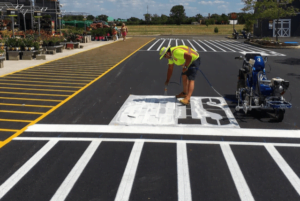Introduction
Asphalt parking lots are a common feature in commercial and residential areas, providing a durable and cost-effective solution for parking needs. However, over time, these parking lots can develop cracks, which if left unaddressed, can lead to more significant issues. In this article, we will discuss some of the common crack failures in asphalt parking lots and provide guidance on how to address them effectively.
1. Alligator Cracking
Alligator cracking is a type of crack pattern that resembles the skin of an alligator. It is typically caused by a combination of factors, including heavy traffic loads, inadequate pavement thickness, and poor drainage. Alligator cracks can be a sign of structural failure and require immediate attention.
To address alligator cracking, the affected area needs to be thoroughly evaluated. In some cases, a full-depth patching or removal and replacement of the damaged pavement may be necessary. It is essential to address the underlying issues, such as improving drainage and ensuring proper pavement thickness, to prevent future occurrences.
2. Longitudinal and Transverse Cracking
Longitudinal and transverse cracks are common in asphalt parking lots and are typically caused by the natural expansion and contraction of the pavement due to temperature changes. Over time, these cracks can widen and allow water to penetrate the pavement, leading to further deterioration.
To address longitudinal and transverse cracking, crack sealing is an effective solution. This involves filling the cracks with a rubberized asphalt emulsion, which helps prevent water infiltration and further damage. Regular crack sealing maintenance should be performed to extend the lifespan of the parking lot.
3. Edge Cracking
Edge cracking occurs along the edges of the parking lot and is commonly caused by a lack of support at the pavement edge or inadequate compaction during construction. These cracks can allow water to seep into the base and undermine the stability of the pavement.
To address edge cracking, the damaged area should be cleaned and repaired. This may involve removing the affected pavement and replacing it with new asphalt. Additionally, it is crucial to ensure proper compaction and support at the pavement edge during construction or resurfacing to prevent future edge cracking.
4. Block Cracking
Block cracking is characterized by interconnected cracks that divide the pavement into rectangular or square-shaped blocks. It is typically caused by the shrinkage of the asphalt pavement due to aging or poor mix design. Block cracking can lead to water infiltration and further deterioration of the pavement.
To address block cracking, crack sealing or crack filling can be performed, depending on the severity of the cracks. This helps prevent water penetration and slows down the progression of the cracking. Regular maintenance, such as sealcoating, can also help extend the life of the pavement.
5. Reflection Cracking
Reflection cracking occurs when cracks in the underlying pavement reflect through the new overlay or surface treatment. It is commonly caused by the movement or shifting of the existing pavement layers. Reflection cracks can compromise the integrity of the new surface and require immediate attention.
To address reflection cracking, the existing cracks should be repaired before applying any new overlay or surface treatment. This may involve crack sealing or milling the existing pavement to remove the reflective cracks. Proper preparation and installation techniques can help minimize the occurrence of reflection cracking.
Conclusion
Cracks in asphalt parking lots are a common issue that should not be ignored. By understanding the different types of crack failures and addressing them promptly and effectively, property owners can ensure the longevity and durability of their parking lots. Regular maintenance, such as parking lot crack sealing and proper construction practices, play a crucial role in preventing and mitigating crack failures. Asphalt sealcoating within a year or two after installation is a great preventative measure to protect the asphalt, before cracks can begin to appear. Consulting with a professional asphalt contractor can provide valuable guidance and expertise in addressing crack failures and maintaining the overall condition of asphalt parking lots.






